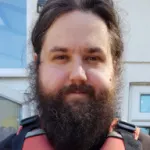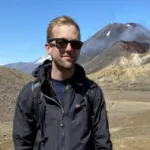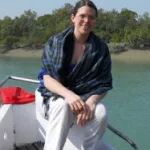Full Ocean Fibre will develop the acoustic and fingerprinting techniques needed to identify ocean processes and provide an unprecedented view of the deep North Atlantic from existing cables. This project sets the scene for a next generation ocean and climate observing network enabled by the global network of subsea cables
NOC people
National Physical Laboratory
Giuseppe Marra
Max Tamussino
Full Ocean Fibre









